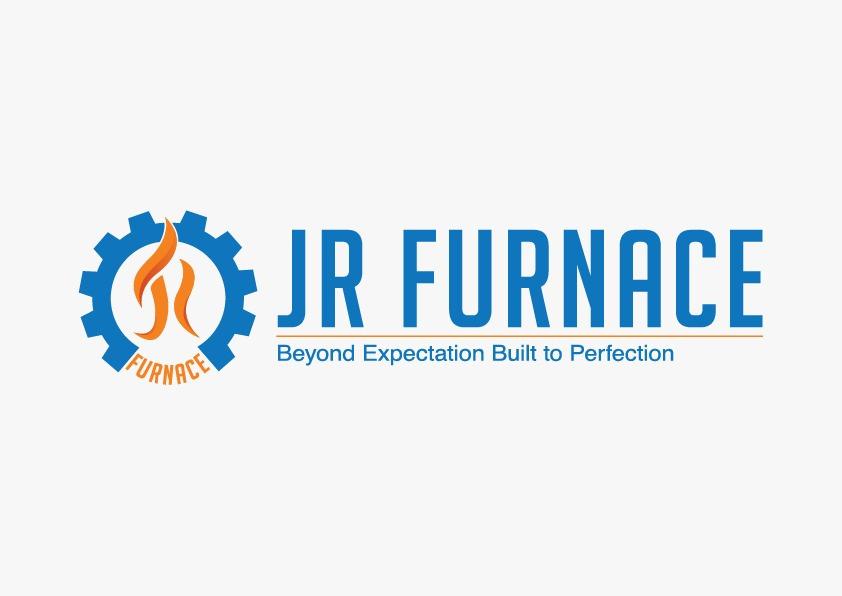
2 minute read
Different Types of Industrial Furnaces and Their Applications in Modern Manufacturing
Industrial furnaces are critical to many sectors, enabling high-temperature processes like melting, heat treating, sintering, and drying. These furnaces come in a variety of designs tailored to specific applications, materials, and temperature requirements. Understanding the types of industrial furnaces can help businesses choose the right equipment for optimal efficiency and product quality.
What is an Industrial Furnace?
An industrial furnace is a thermal processing unit designed to generate and maintain high temperatures for manufacturing or material treatment purposes. These furnaces are used across sectors such as metallurgy, ceramics, glass, automotive, aerospace, and electronics.
Common Types of Industrial Furnaces:
Box Furnace (Chamber Furnace):
Ideal for batch processing.
Used for annealing, hardening, and stress relieving.
Compact design, suitable for small to medium-sized parts.
Bogie Hearth Furnace:
Features a movable hearth for heavy, large parts.
Commonly used in aerospace, defence, and railway industries.
Rotary Kiln:
Cylindrical, rotating furnace used for continuous processes.
Applied in cement, lime, and mineral processing.
Pit Furnace:
Vertical furnace with a top-opening lid.
Often used for long shafts or cylindrical parts.
Bell Furnace:
Has a bell-shaped cover that is lowered onto the base.
Provides excellent temperature uniformity and gas-tight sealing.
Muffle Furnace:
Contains a heating element isolated from the chamber.
Ensures clean and contamination-free processing.
Induction Furnace:
Uses electromagnetic induction to heat metals.
Common in foundries and steel manufacturing for melting operations.
Electric Arc Furnace (EAF):
Used for melting scrap metal using high-voltage electric arcs.
Found in steel recycling and alloy manufacturing.
Furnace Selection Criteria:
Selecting the right furnace depends on several factors:
Maximum operating temperature
Heating method (electric, gas, oil)
Atmosphere control (inert, oxidising, reducing)
Load capacity and dimensions
Batch vs. continuous operation
Energy Efficiency and Automation Trends:
Modern industrial furnaces are now built with energy conservation and digital control in mind. Features like regenerative burners, advanced insulation, and IoT-enabled monitoring systems help reduce operating costs and carbon emissions. PLC and SCADA integration also enhances process reliability and traceability.
Industrial Furnace Applications:
Metal Industry: Hardening, tempering, annealing, brazing, and sintering
Ceramic and Glass: Sintering, glazing, and heat treating
Chemical Industry: Calcination and pyrolysis processes
Electronics: Oxidation and diffusion furnace operations for semiconductors
Conclusion:
Industrial furnaces are the backbone of modern manufacturing and metallurgy. From compact box furnaces to massive rotary kilns, each type is designed to meet specific thermal processing needs. By understanding the capabilities and advantages of each furnace type, businesses can make informed decisions to boost efficiency, ensure product quality, and stay competitive in a demanding industrial landscape.



